The University of New South Wales (NSW) Night-Time Solar Team, led by Professor Ned Ekins-Daukes have generated electricity from the emission of light rather than absorption, using a semiconductor device known as a thermoradiative diode, similar to materials used in night-vision goggles.
Because large quantities of the Earth’s heat are radiated as infrared light, it enables electrical power to be generated at night.
Professor Ekins-Daukes said from the thermodynamics, it became clear that it should be possible to generate solar power at night by harnessing the infrared radiation emitted by the Earth as it cools down.
“However, the question was ‘how?’,” Ekins-Daukes said.
In the end, the team realised that a particular type of semiconductor diode would achieve this.
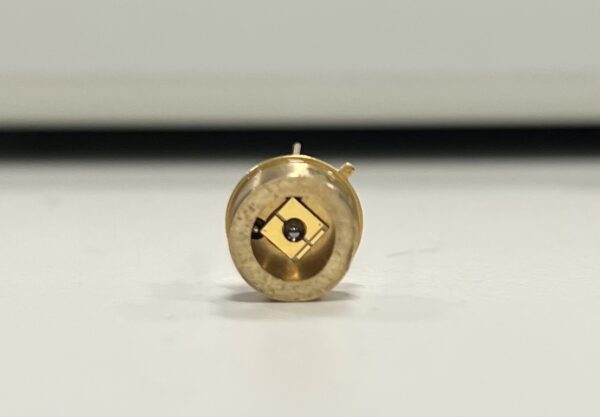
Image: University of New South Wales
“After quite a bit of experimentation, we managed to directly measure electrical power from the emission of infrared light for the first time,” Ekins-Daukes said.
Although the amount of power generated at this stage was very small – around 100,000 times less than that supplied by a solar panel – the researchers believe the result can be improved in the future, having made an unambiguous demonstration of electrical power from a thermoradiative diode.
“Using thermal imaging cameras, you can see how much radiation there is at night, but just in the infrared rather than the visible wavelengths. What we have done is make a device that can generate electrical power from the emission of infrared thermal radiation,” Ekins-Daukes said.
The researchers found the most surprising application for the device is the ability to generate solar power at night, but it also allows electronics to be powered from any source of heat, providing for example, enough electricity to power a wristwatch from body heat.
The Night-time Solar Team also includes Dr Michael Nielsen, Associate Professor Peter Reece, Dr Phoebe Pearce, Muhammad Hasnan Sazzad and Jamie Harrison. They have been nominated as finalists for a 2025 Australian Museum Eureka Prize for innovative use of technology.
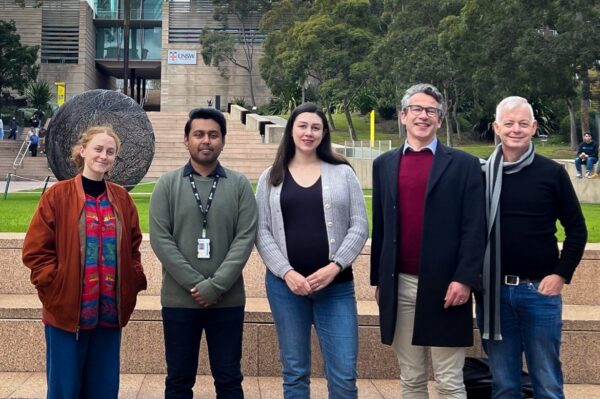
Image: University of New South Wales
This content is protected by copyright and may not be reused. If you want to cooperate with us and would like to reuse some of our content, please contact: editors@pv-magazine.com.
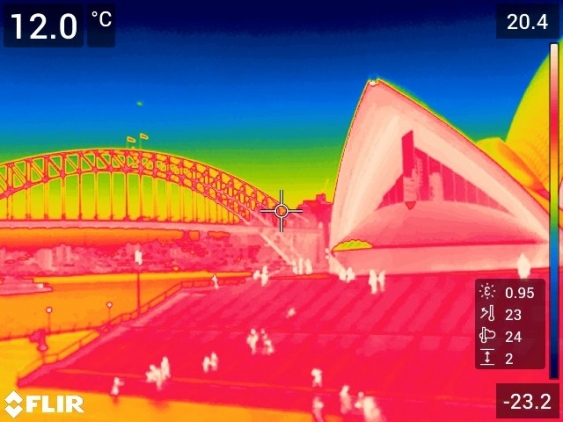
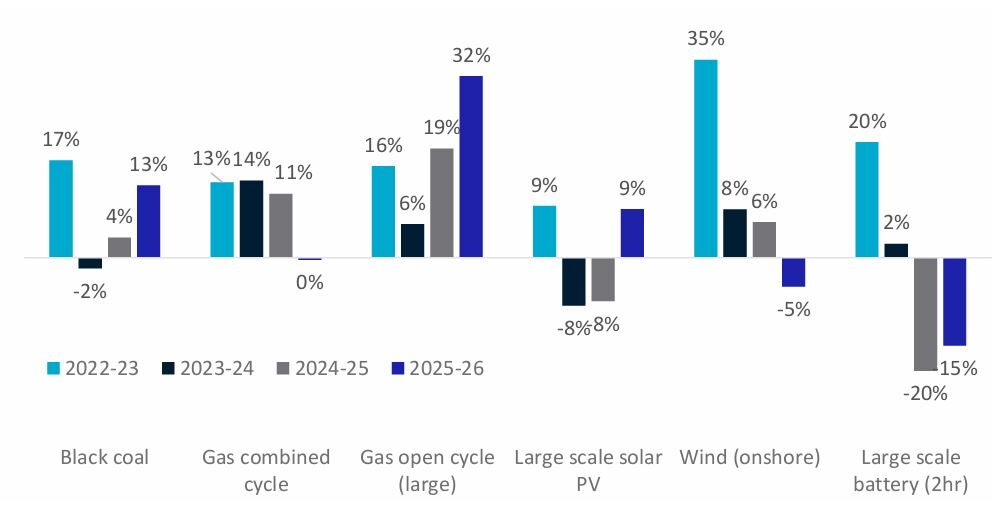



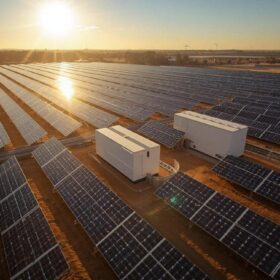
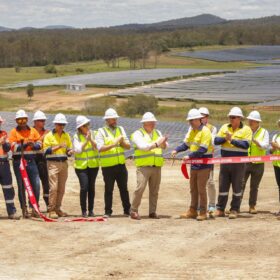

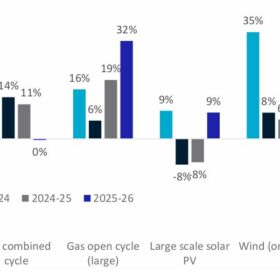
By submitting this form you agree to pv magazine using your data for the purposes of publishing your comment.
Your personal data will only be disclosed or otherwise transmitted to third parties for the purposes of spam filtering or if this is necessary for technical maintenance of the website. Any other transfer to third parties will not take place unless this is justified on the basis of applicable data protection regulations or if pv magazine is legally obliged to do so.
You may revoke this consent at any time with effect for the future, in which case your personal data will be deleted immediately. Otherwise, your data will be deleted if pv magazine has processed your request or the purpose of data storage is fulfilled.
Further information on data privacy can be found in our Data Protection Policy.